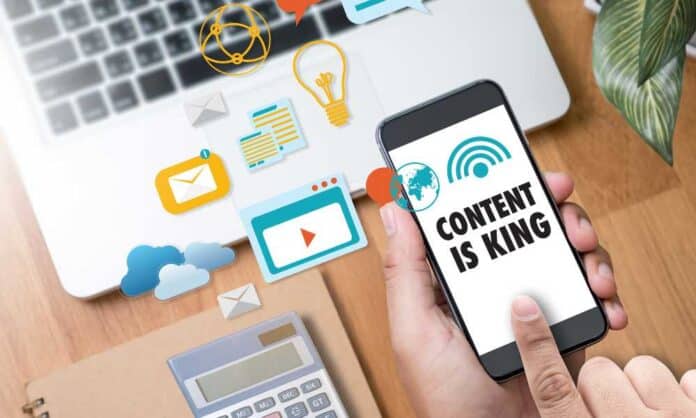As content marketing is becoming the central marketing strategy for businesses across the globe, it has become more important than ever to optimize your content from every angle possible in order to stay ahead of the competition.
But how do you do it?
Though the specific strategies depend on your goal which may be to create brand awareness, generate sales, or increase the number of leads, there are a few things that will surely help you in the long run in all cases.
Tips for Content Optimization
1. Write For The Audience
The primary goal of content creation should always be to solve user queries. The readers should find the content interesting, precise, and valuable. Try the following tips:
- Run a query related to your topic on search engines and figure out what people are looking for.
- Find content gaps left by your competitors and utilize the chance to fill them with yours. Or you can use an intelligent Content Optimizer to help you with that.
- Stick to the format that performs well for a topic or keyword. It’s most likely to match what most people are looking for.
- Create longer format content to establish yourself as a subject matter expert.
2. Select The Perfect Keywords
Keywords are words or phrases people use on search engines to find a topic, product, or service. Use them strategically in URLs, title tags, introduction, and throughout the content wherever they make sense.
- Use a “focus keyword” i.e. a keyword that has a high “search volume” and low “search difficulty”.
- Use Google to get deeper insights into what keywords your audience is using when they want to search for a particular topic.
- Check the top results, related searches, and LSI terms for finding supplementary keywords.
- Go for longer and more specific keywords as they are less competitive.
3. Add Internal And Outbound Links
Internal Linking: Internal links help Google’s crawling and indexing. When the search engine understands your content better there are higher chances that it will show up first for a related query.
You can also use internal links to encourage consumers to take desired actions by using CTAs. For example, a blog post related to the usability of a product can be used to direct the reader to its selling page.
External Linking: These are links to other domains, usually used in articles and blogs to help readers get further information about a topic within your content or back up the data you’ve used in it.
You should always use authoritative sites to link to and only when it is necessary and adds value to the reader’s experience. Because when you care about users, Google cares about you.
4. Make Your Web Page’s Title And Description Clickable
Your titles should be a window to what the rest of the content is about. They should be clear, concise, and keyword rich to up your organic search ranking. Adding numbers and actionable keywords in titles have been found to help.
The more convincing they are the higher the chances that people will click on them and read your content. However, make sure the content delivers on your titles, or it will be considered spammy.
5. Make It More Readable
Improving the readability improves user behavior on your page. It decides how much, how long, and to what extent they interact with your content.
Readability can be enhanced by improving both the writing and structuring of your content. Use hierarchical structure (H1, H2, H3…) to make it more reader-friendly and write in a communicative style with proper grammar, using simple language, short sentences, and paragraphs.
6. Optimize For Images
Images help make your content more engaging, break the content for better readability, and make it more appealing. Optimizing images also help the overall content to perform better.
This can be done by:
- Using the proper image type (jpg, png, SVG, etc.).
- Using images relevant to the content.
- Compressing images for better page loading speed.
- Adding keyword-rich Alt Text.
- Naming them properly.
Conclusion
Data suggests that content consumption after the pandemic has increased by over 200% and more than 90% of marketers have acknowledged optimizing their content and succeeding in their content marketing efforts.
You can also use the above tips to guide you and make informed-decision while creating content to achieve your desired goals.

